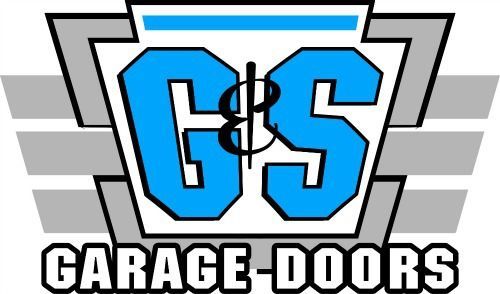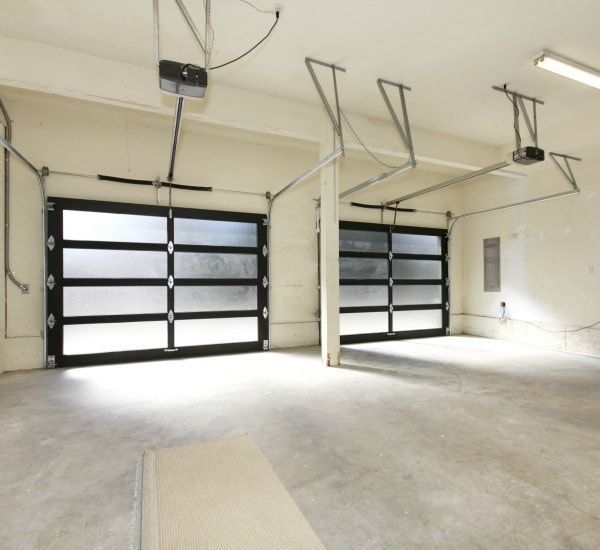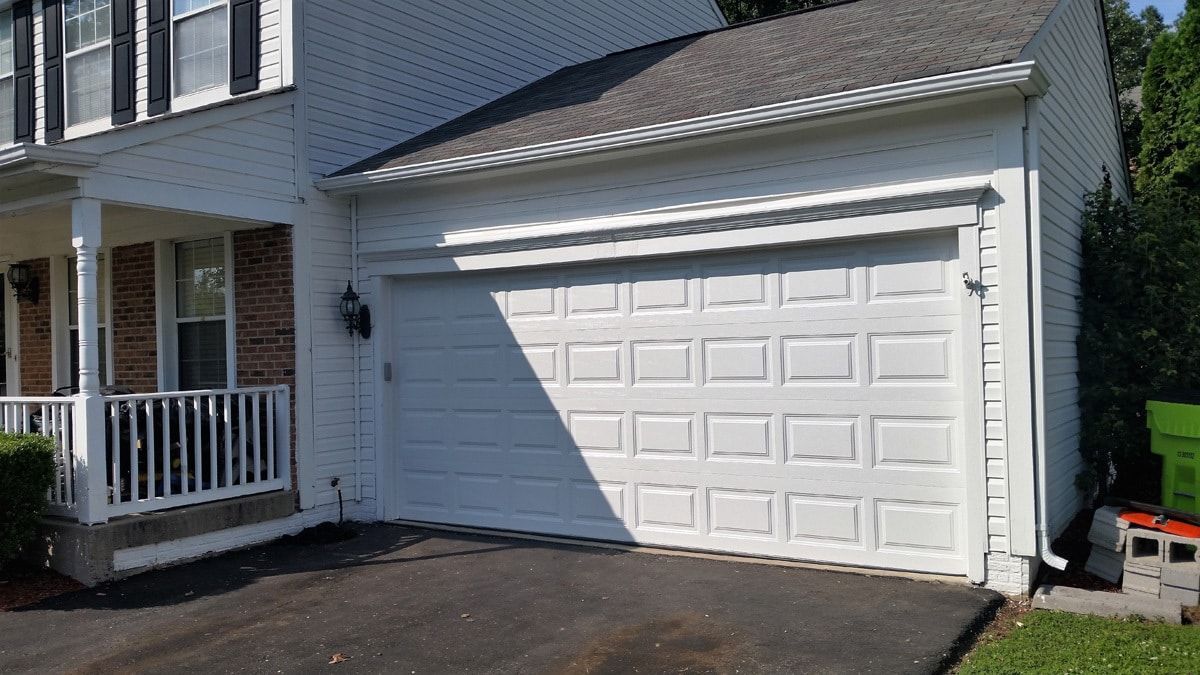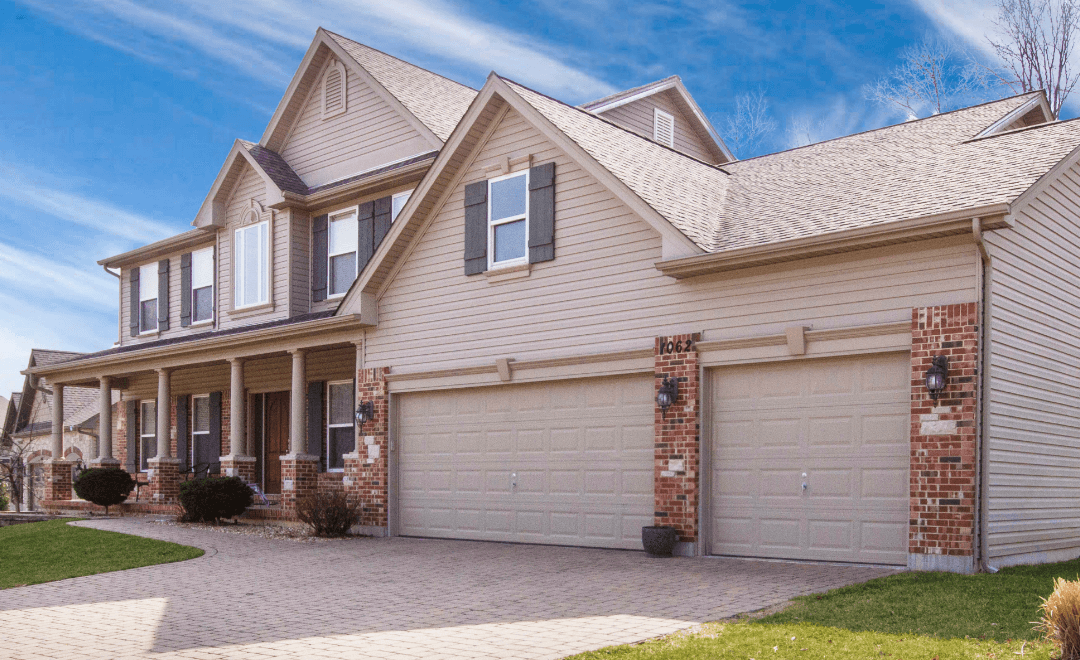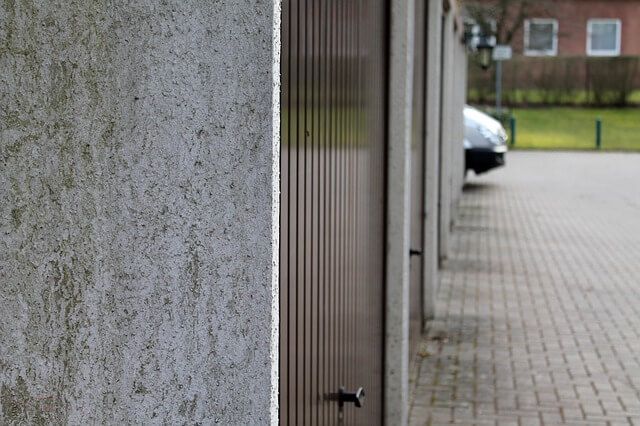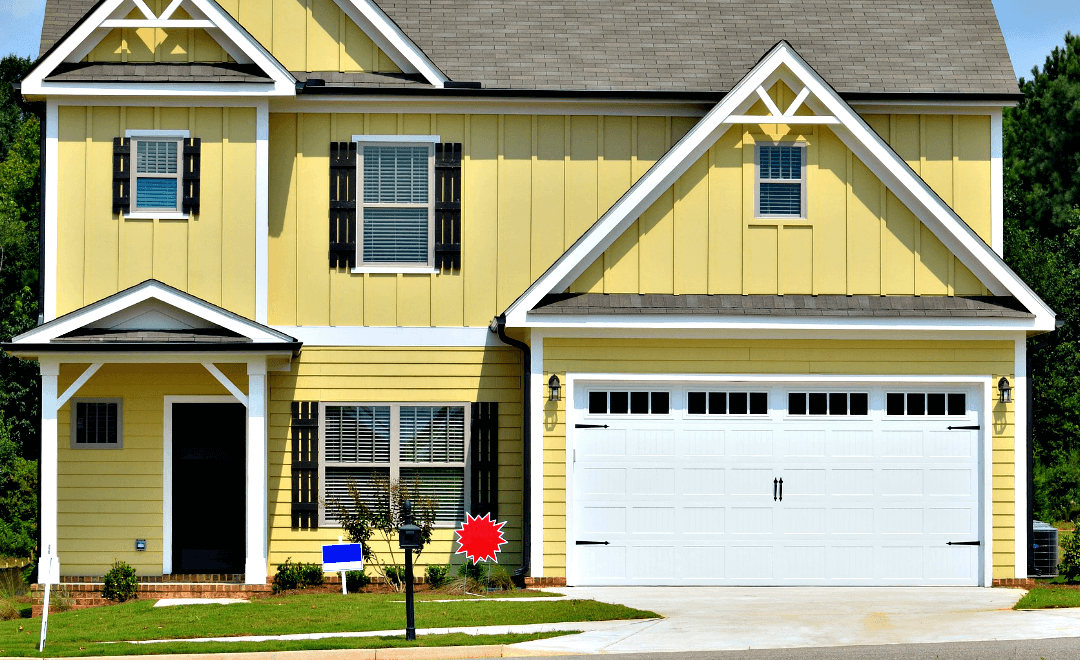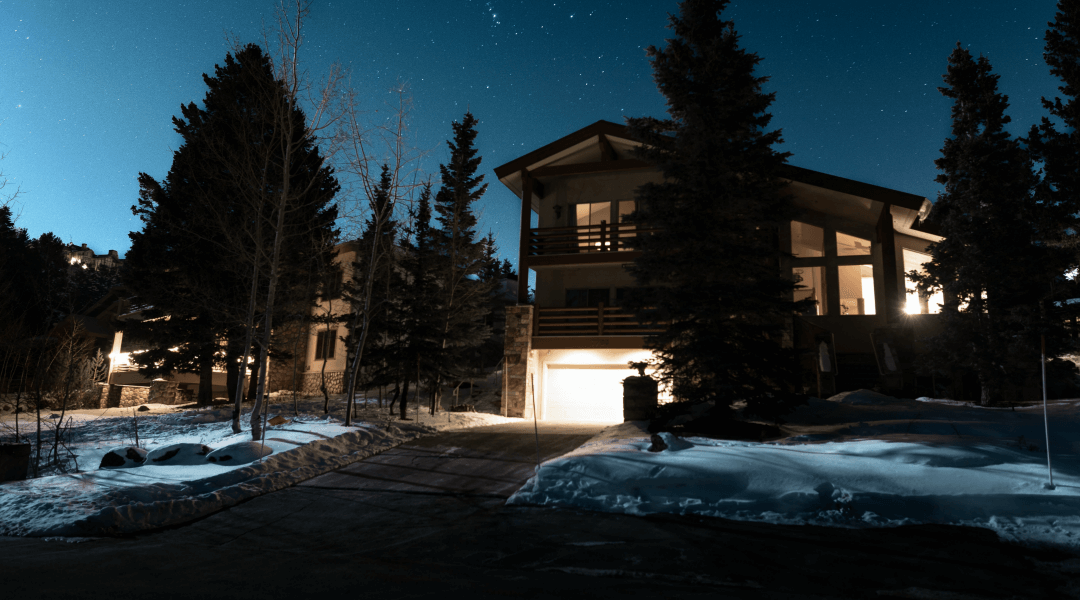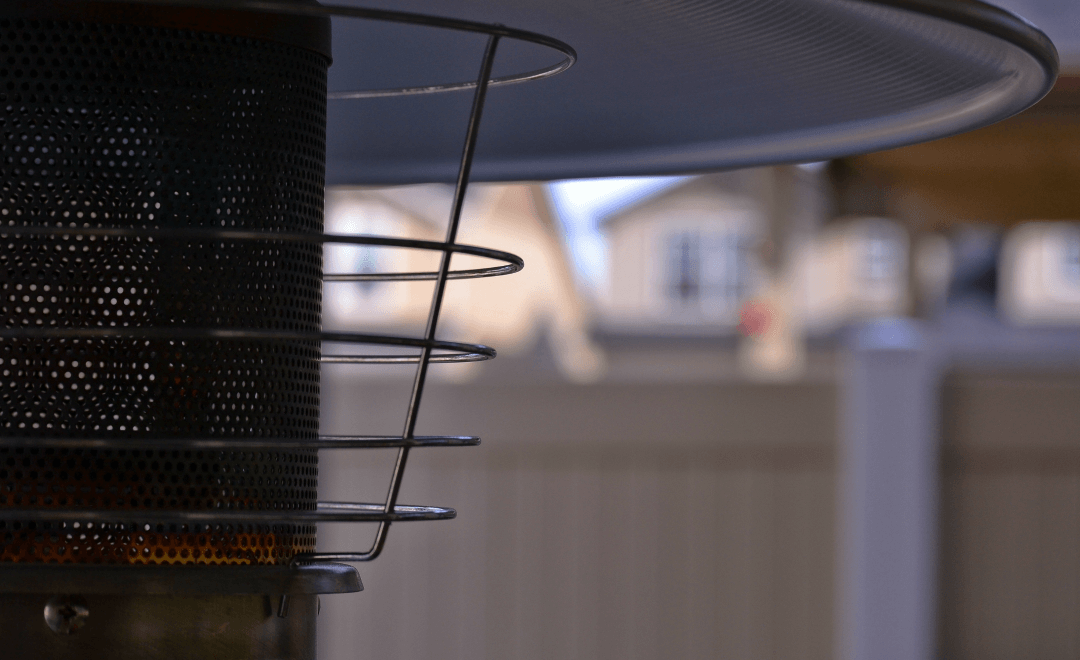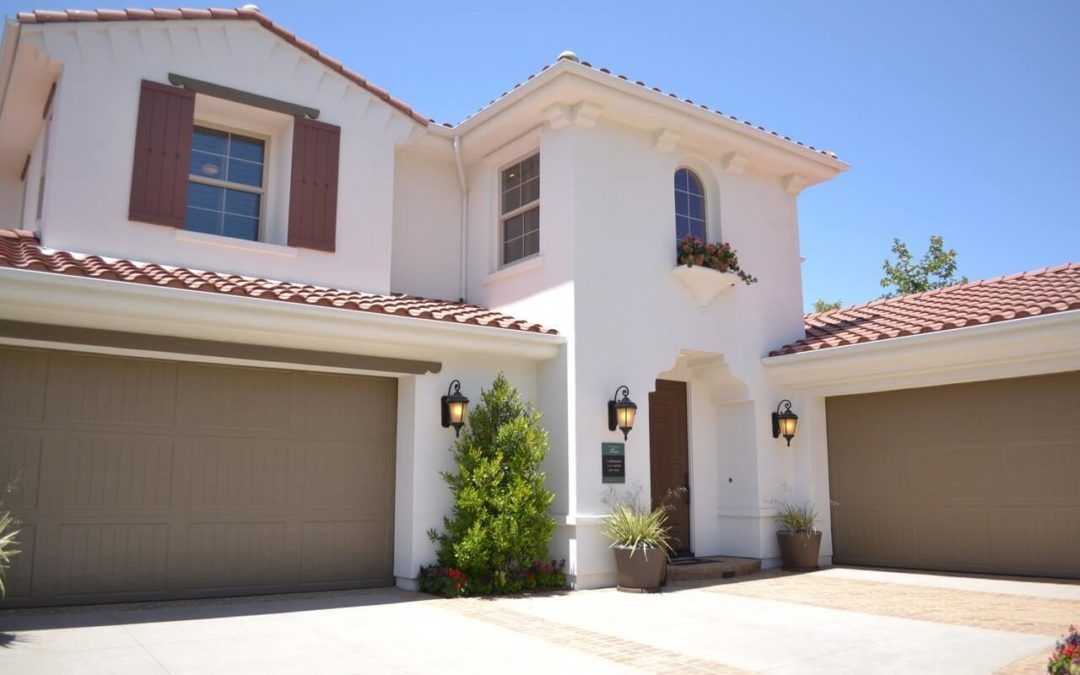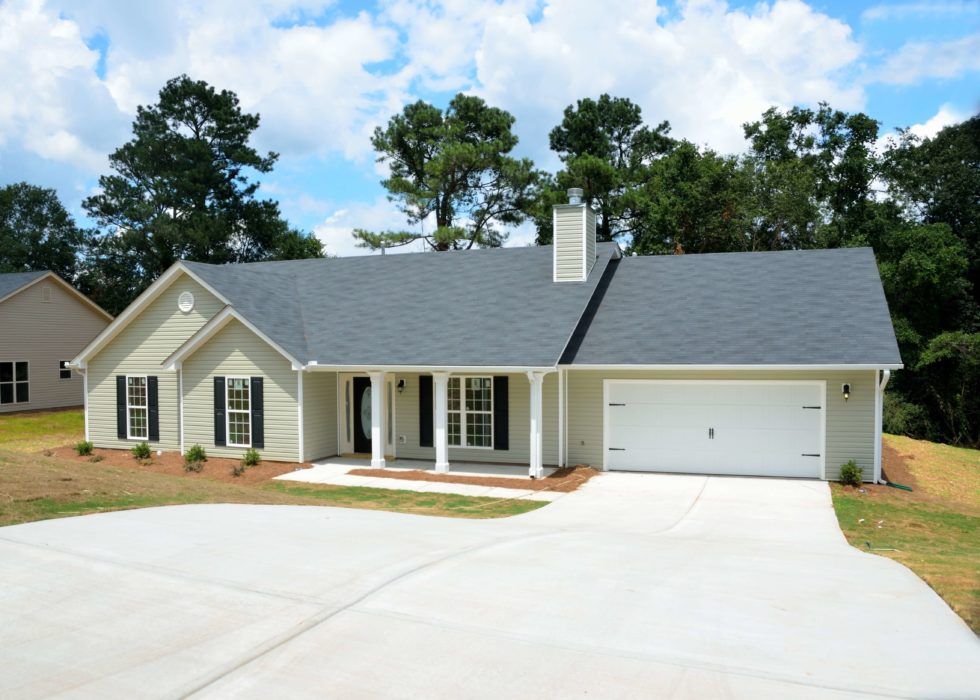Dirt and dust can sometimes clog the sensor, and can cause the door to malfunction. If your garage door is not working correctly, it may be an indication that the photo eye needs readjustment.
My Garage Door Won’t Open All The Way: What Do I Do?
When your garage door won’t open all the way, it can seem like the end of the world. A broken door can block the entry to your home, keep your car stuck in the garage, or pose a potential safety hazard to you and your family.
Your garage door has two simple jobs: to go up and come back down again. When one of those is thrown off, it leaves you with an unnecessary headache and the question, “What do I do now?”
Not all garage doors are created equal, but over time, they can all become susceptible to a variety of different issues. If you’re the victim of an unopening garage door, this is just the guide for you.
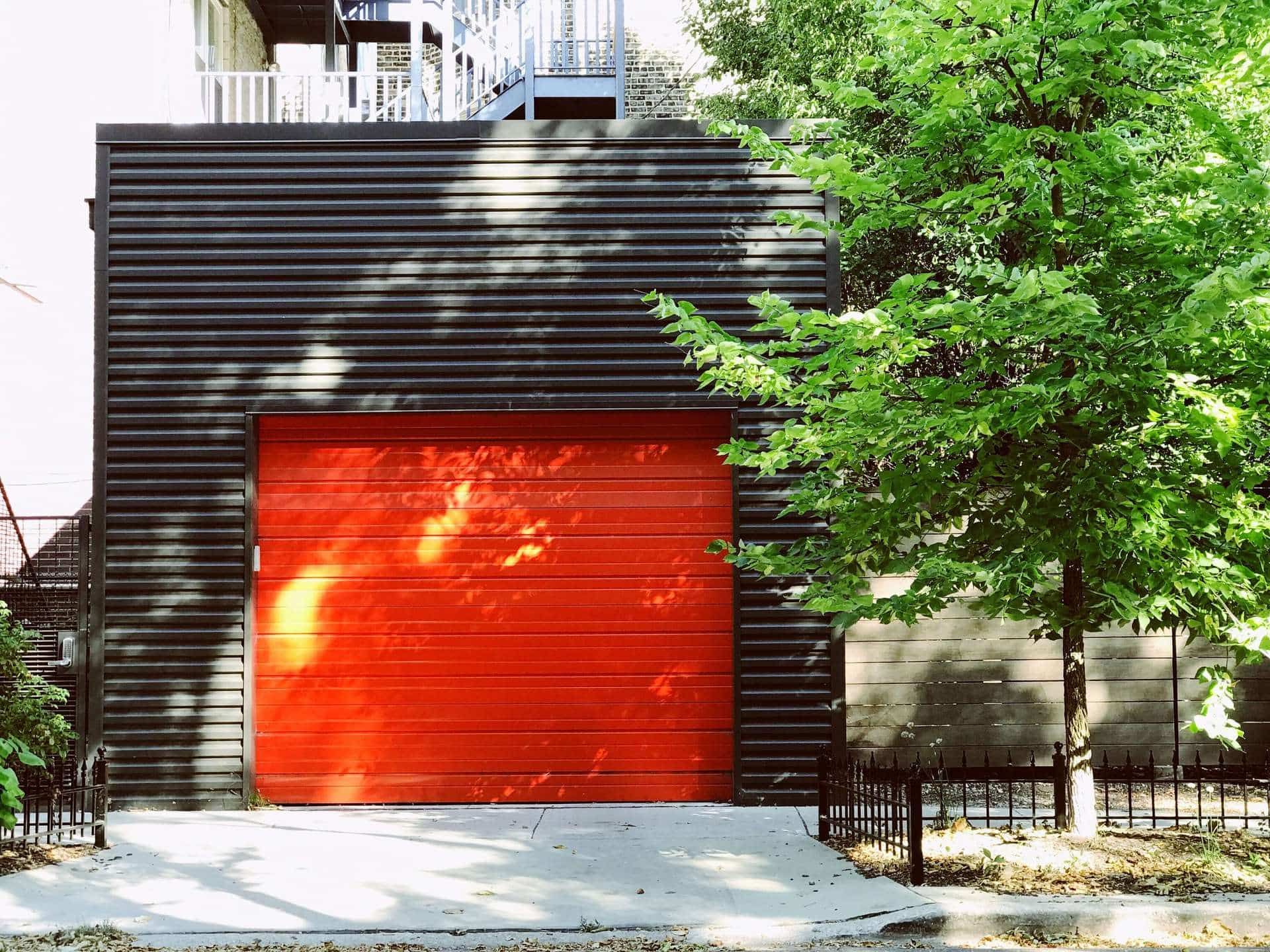
1. Check to See if the Photo Eye is Blocked
The photo eye is the safety sensor on your garage door. It detects if a person or object is blocking the door from lowering all the way.
2. Make Sure Your Opener is Plugged In
You’re probably thinking to yourself, “Of course, my garage door opener is plugged in!”
It may sound ridiculous, but it never hurts to check. Sometimes your garage door opener will fail to operate if its power source is disrupted.
Problems like tripping a circuit breaker or blowing a fuse will prevent your outlet from working. Check these sources, as well as the ground-fault circuit interrupter (GFCI), to make sure your outlet works.
3. Watch Out For Broken Springs
Broken springs are the #1 source of customer calls for garage door repair companies.
A garage door with broken torsion springs can fall rapidly without warning, and can be very dangerous. If you suspect your door has broken springs, NEVER try to open it or repair it yourself. This is best left to professionals with the right skills and equipment.
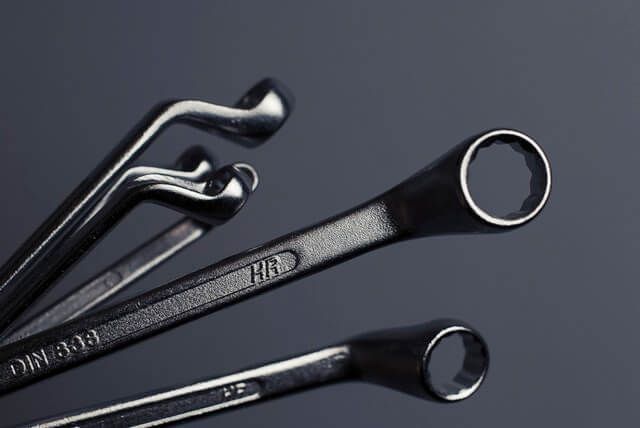
4. Your Cables Have Snapped or Popped Off
Garage door lift cables hold the spring tension, and counterbalance the weight of the door. Just like the torsion springs, they make it easier to lift a large, heavy garage door. Some people are unaware of these cables until something goes wrong.
Since garage doors operate by a series of counterweights, springs, and pulleys, they’re extremely difficult and dangerous to repair by yourself. Avoid using the door and call a service technician as soon as possible.
5. Adjust Your Sensitivity
No, we don’t mean you personally!
Sometimes, in a newly installed or older garage door, the sensitivity can either be set too low or too high causing the door to malfunction. Take a look at the manufacturer’s directions to reset the sensitivity.
Once you adjust the close force and limit switch to the proper setting, you should be good to go!
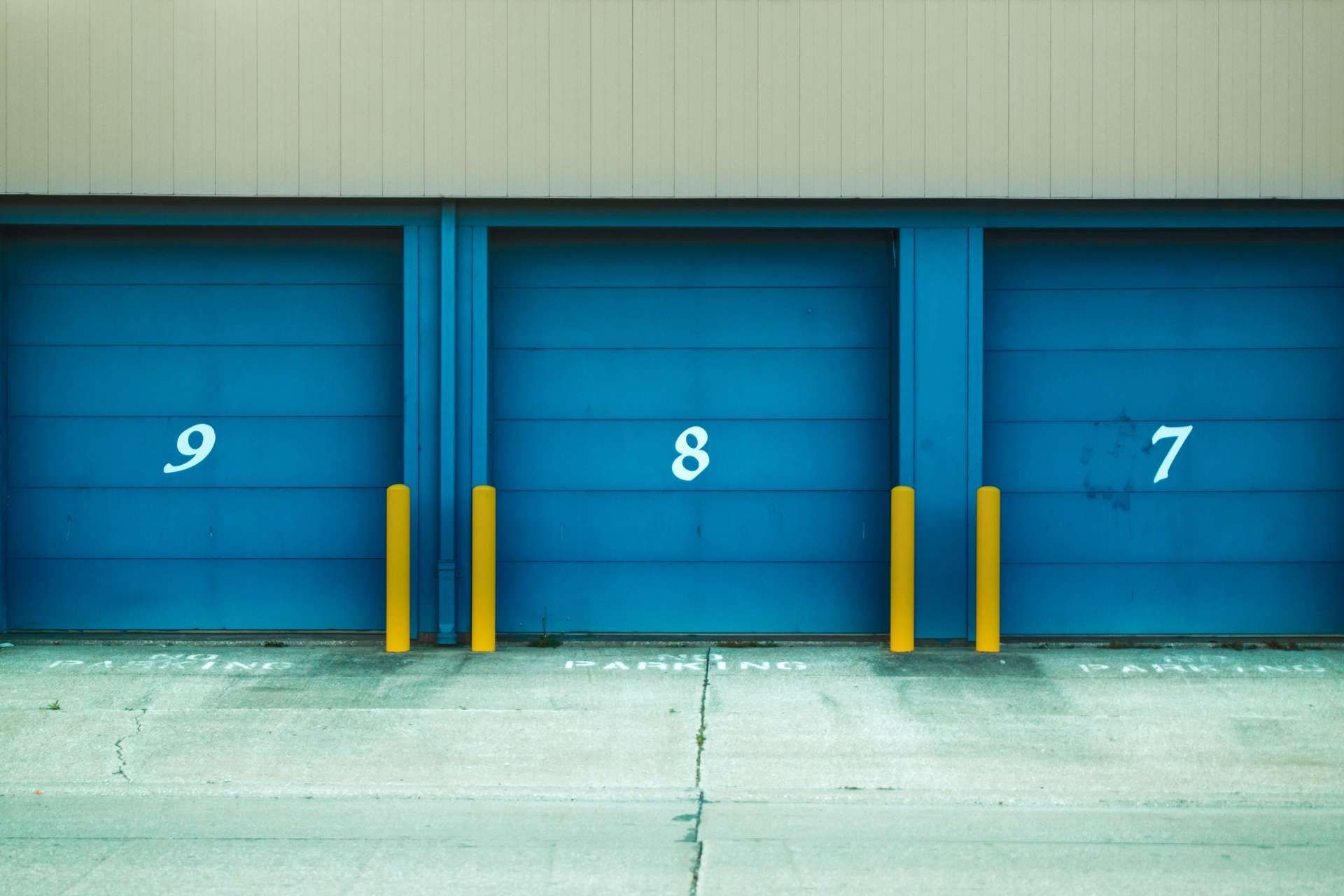
6. Make Sure Your Remote Is Working Properly
If your garage door won’t open with the remote, you may need to troubleshoot. There are a few things that can cause this problem:
- You may be out of range
- The signal could be blocked or the antenna damaged. Make sure the antenna is visible and hanging down from the motor.
- You may need to replace the remote battery. This is especially true if your garage door opens with a wall switch.
- As a last effort, try reprogramming the remote.
7. Adjust the Limit Setting
The limit settings on your garage door determine just how far to move the door to close it properly. Just like any aspect of your door, the limit setting on your garage door may need a tune-up over time.
Adjust the knobs as necessary until you’ve received the desired performance.
8. Your Door May Be Off Its Track
Does your garage door appear to be hanging crookedly, jerking, or making a grinding noise when you move it? If you’re eventually unable to open it, your door may have come off its track. In this case, stop using it immediately.
If the door appears to be jammed, avoid forcefully pulling it up or down. This could bend the vertical tracks and pop the rollers out, The door is susceptible to serious damage and could be potentially hazardous if you continue to use it.
This fix is definitely best left to the professionals.
9. There’s an Unseen Obstacle
Checking for obstructions to your garage door’s operation seems like it would be the first thing you’d check for. If the door opens or closes halfway, or reverses for no apparent reason, there may be something preventing its operation.
10. Make Sure You Haven’t Disconnected or Locked the Motor
Garage doors come with a disconnect switch or cord, so you can operate your door manually in the event of a power outage. Check to make sure that it hasn’t been unintentionally disconnected.
If the motor is running, but the door won’t budge, your garage door may be locked. Locate the knob or handle on the motor and use that to disengage the lock.

G&S Garage Doors is Here to Help
No one knows garage door repair like we do.
G&S Garage Doors provides high-quality garage door services in northern Virginia. We repair a wide range of garage doors, springs, and openers.
Let our team of garage repair specialists take a look at your problem. We will provide a lasting solution that will keep your garage door going up and coming down for years to come.
Contact us today!
